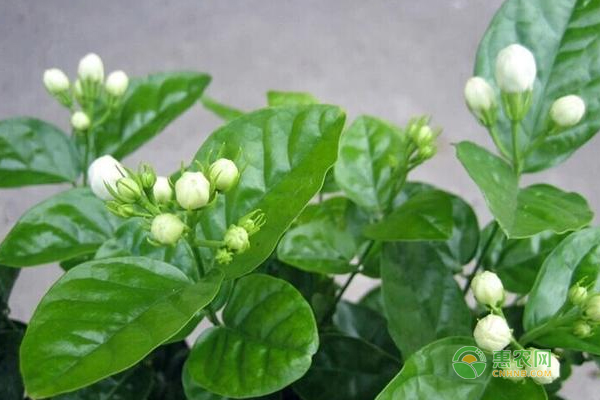How to prevent tulip blight?
In the early stage of the disease, tulip wilt first infected the leaves, the disease spot was small and brown, and then infected the petals, and in serious cases, it also infected the underground bulb, making the bulb yellow and withered, resulting in the death of the whole plant. The diseased spots on the leaves and scape of the diseased plants that did not infect the bulbs will also continue to expand, causing the leaves and scape to rot and wither.
In a humid environment, the disease spot can produce a large number of conidia and spread by the wind, spreading quickly. During the dormant period of deciduous leaves in summer and severe winter, the pathogen spent the dormancy period with small dark brown sclerotia attached to the bulb.
In order to prevent the disease, the bulbs can be soaked in 1000 times of carbendazim before planting and fished out after 30 minutes. In the process of maintenance, light and ventilation should be strengthened, low air humidity should be maintained, less watering and less nitrogen fertilizer should be applied. After the onset of the disease can be sprayed with 50% wettable antiseptic 500 / 1000 times solution. It was sprayed once every 5 days for a total of 3 times, and the curative effect was significant.
How to Control Tulip Fusarium Wilt
Although the plants without infecting the bulbs will not die, the disease spots on the leaves and scape will continue to expand and wither.
In a humid environment, a large number of conidia can be produced on the disease spot and spread by the wind, which spreads quickly. After the leaves of tulips are dormant in summer, the sclerotia attach to the bulbs to spend the summer.
In order to prevent the disease, the bulbs were soaked in 50% carbendazim 1000 times solution for 30 minutes before planting, and then planted in sunny and well-ventilated areas; less watering and less nitrogen fertilizer to enhance plant resistance. After the onset of the disease, it can be sprayed with 50% wettable methamphetamine 500-1000 times, once every 4 days, a total of 3 times can control the disease.
How to control tulip Fusarium wilt? First of all, the disease occurs on the leaves, the disease spot is thin and brown, and infects the petals at the same time, and the serious elbow also infects the underground bulb, making the bulb yellowing and withering, resulting in the death of the whole plant. For the diseased plants that did not infect the bulbs, the disease spots on the leaves and scape will also continue to expand, making the leaves and stems rot and wither completely. In a humid environment, a large number of conidia can be produced on the disease spot and spread by airflow, which spreads quickly. In the dormancy stage of deciduous leaves of tulips in summer and severe winter, dark brown eucalyptus was attached to the bulb to survive the adverse environment. In order to prevent and cure the disease, the bulbs can be soaked in 50% carbendazim 1000 times solution for 30 minutes before planting for disinfection. When winter cut flower production is carried out in greenhouse, light and ventilation should be strengthened to maintain low indoor humidity. Less watering, less nitrogen fertilizer. After the onset of the disease, 50% wettable acetaminophen 500-1000 times diluent can be sprayed once in 3-5 days, and the effect is good.
- Prev

How do tulips grow in water?
Tulips are also suitable for hydroponic culture, especially for low-temperature treated bulbs, which take a short time from planting to flowering. Hydroponic tulips are well decorated and easy to operate. (1) the diameter of the tulip bulb in the hydroponic container is about 3 to 5 centimeters, and it is best to have a container with a thin middle and two ends wide.
- Next

How to reproduce jasmine
Jasmine is easy to reproduce, generally using cuttage propagation, using old wood and tender wood cuttings. As long as the branches with strong tissue, thick green leaves and no diseases and insect pests are selected as cuttings, cutting is feasible at any time under the condition of air temperature above 20 ℃. April ~ June is the most suitable, May ~ June cutting is the most suitable.
Related
- Fuxing push coffee new agricultural production and marketing class: lack of small-scale processing plants
- Jujube rice field leisure farm deep ploughing Yilan for five years to create a space for organic food and play
- Nongyu Farm-A trial of organic papaya for brave women with advanced technology
- Four points for attention in the prevention and control of diseases and insect pests of edible fungi
- How to add nutrient solution to Edible Fungi
- Is there any good way to control edible fungus mites?
- Open Inoculation Technology of Edible Fungi
- Is there any clever way to use fertilizer for edible fungus in winter?
- What agents are used to kill the pathogens of edible fungi in the mushroom shed?
- Rapid drying of Edible Fungi

